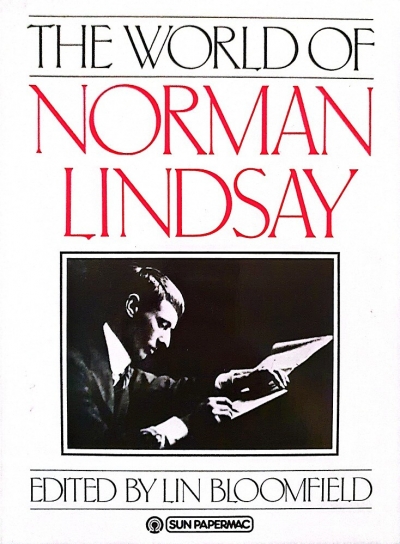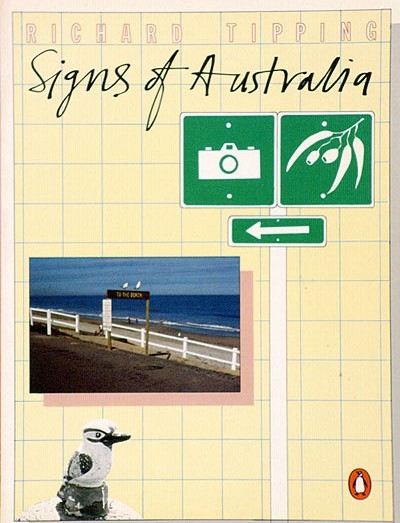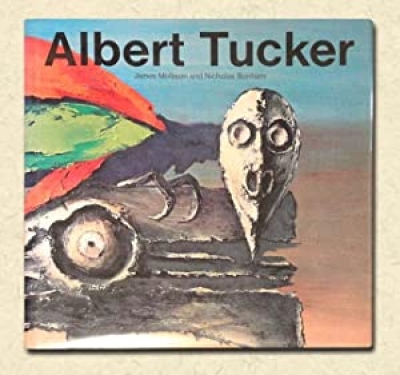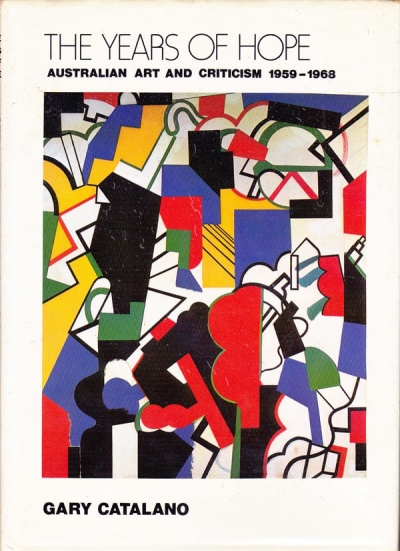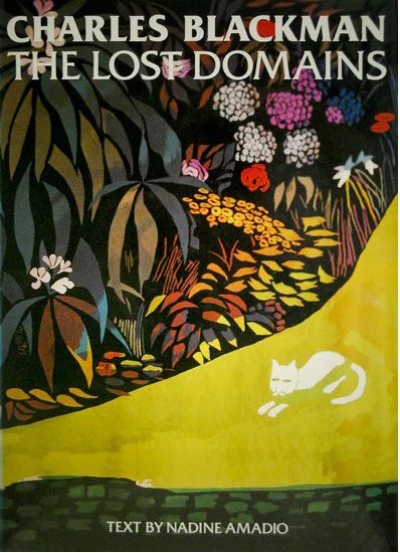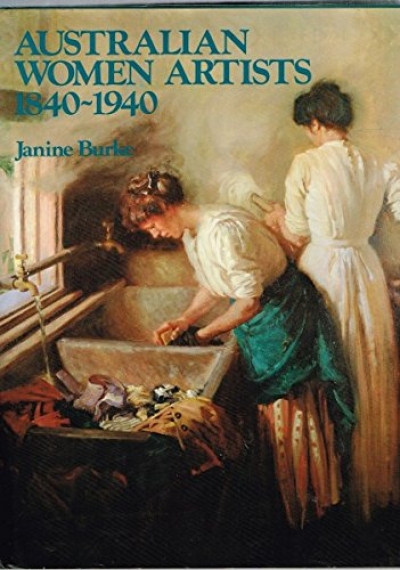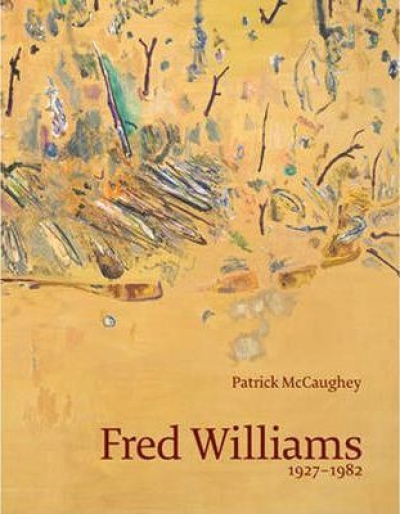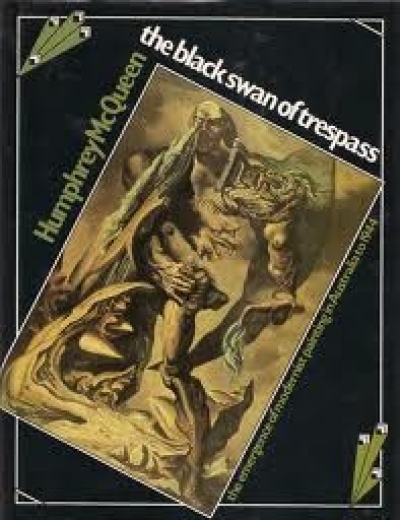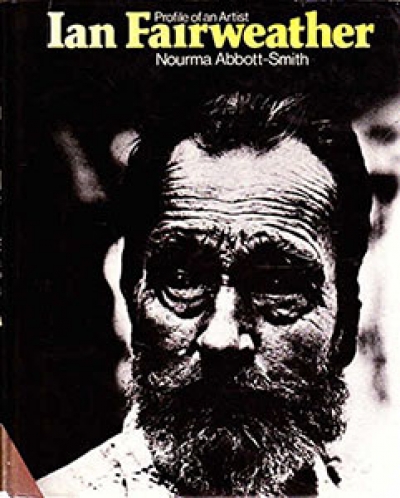Australian Art
The World of Norman Lindsay edited by Lin Bloomfield & A Letter From Sydney edited by John Arnold
by Nancy Keesing •
The Years of Hope: Australian Art and Criticism 1959–1968 by Gary Catalano
by Mary Eagle •
The Black Swan of Trespass: The emergence of modernist paining in Australia to 1944 by Humphrey McQueen
by T. Counihan •
Ian Fairweather by Nourma Abbott-Smith & Conversations with Australian Artists by Geoffrey de Groen
by Gary Catalano •

